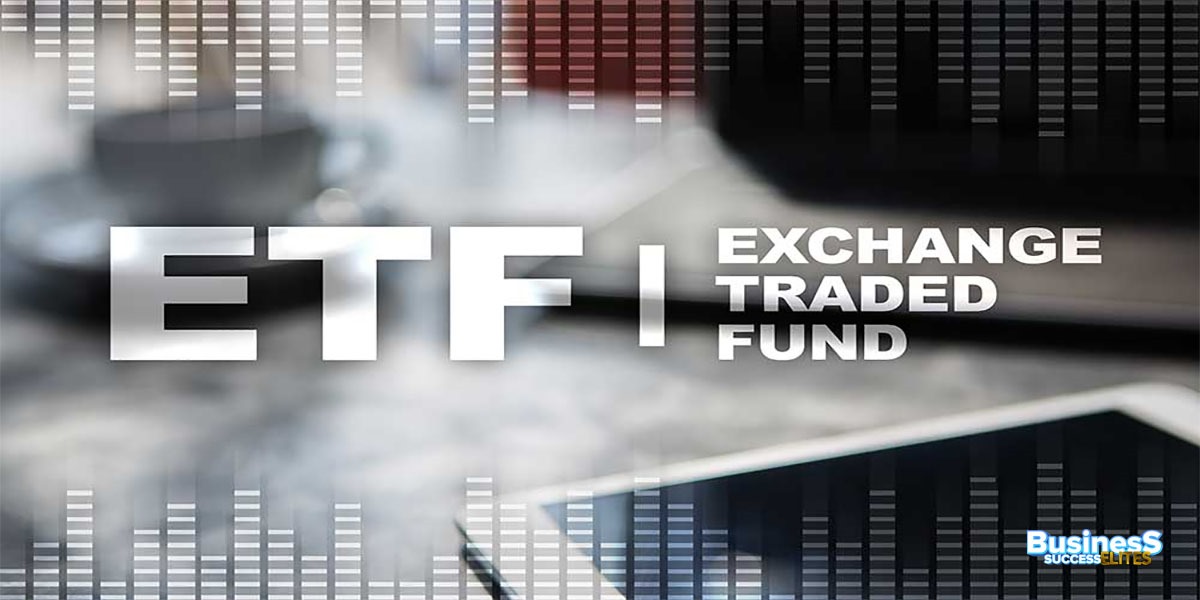
One of the innovations in modern investing is the Exchange Traded Funds (ETFs). Their first stages can be pointed out back in the early 90s and it’s a nice story of ‘how the ETF was adopted’ from the history of finance.
In 1993, State Street Global Advisors introduced the first ETF specifically designated as SPDR S&P 500 ETF or SPY. It was developed to give investors an option to monitor performance of the S&P 500 index’s constituents without having to buy each of them. This new concept emerged after the 1987 fall of the stock market that had issued grievances in the marketplace. The collapse made the financial community and the regulators search for alternative approaches to enhancing the liquidity, accessibility, and transparency of markets to all categories of investors.
The exchanges traded funds had a few advantages over mutual funds which were the most popular at the moment. Unlike mutual funds, which were traded at the end of the day at an NAV and not otherwise, ETFs could be traded throughout the day at market prices providing the investors with more options. In addition, ETFs were less expensive as compared to mutual funds, more often than not having lower ongoing fees since their turnover was less than that of most mutual funds.
Following SPY’s introduction, changes were seen in the ETF market. The first bond ETF was released in 1996, allowing investors in fixed-income securities to participate. ETFs had covered a broad range of asset classes by the early 2000s, including developing markets, commodities, and niche industries like healthcare and technology. Both individual and institutional investors were drawn to these advances as they offered low-cost, diversified means of gaining access to a wider variety of markets.
The early 2000s marked a pivotal moment for ETFs. Financial advisors and portfolio managers began integrating them into diversified investment strategies. As more investors became aware of the ability to access entire indices with a single trade, ETF adoption surged. Regulatory changes, alongside increased awareness of their benefits, also helped drive this growth. Today, ETFs represent trillions of dollars in assets under management, offering exposure to everything from equities and bonds to commodities and even cryptocurrencies.
In many respects, ETFs have democratized investment. They make portfolio diversification simple for everyone, including big institutional players and individual retail investors with tight budgets. ETFs have streamlined the process, making formerly complex markets more accessible, whether it is for accessing foreign markets, specialized industries, or alternative assets. Their status as one of the most significant financial inventions of the past few decades has been solidified by their ability to combine cost-effectiveness, transparency, and liquidity.
To put it briefly, ETFs have revolutionized the investing landscape by offering a straightforward and affordable means of gaining access to a diverse array of assets. Their transition from a specialized product to a commonplace investment vehicle illustrates their continuing influence in the financial industry.
Top 5 Benefits of Instagram Reels for Business Growth
November 29, 2025How E-Commerce Brands Can Grow Using TikTok and Instagram Reels
November 29, 2025PhysicsWallah IPO: Price band set at ₹103-109 per share
November 9, 2025UpGrad in talks to acquire Unacademy in $300–400 million deal
November 7, 2025